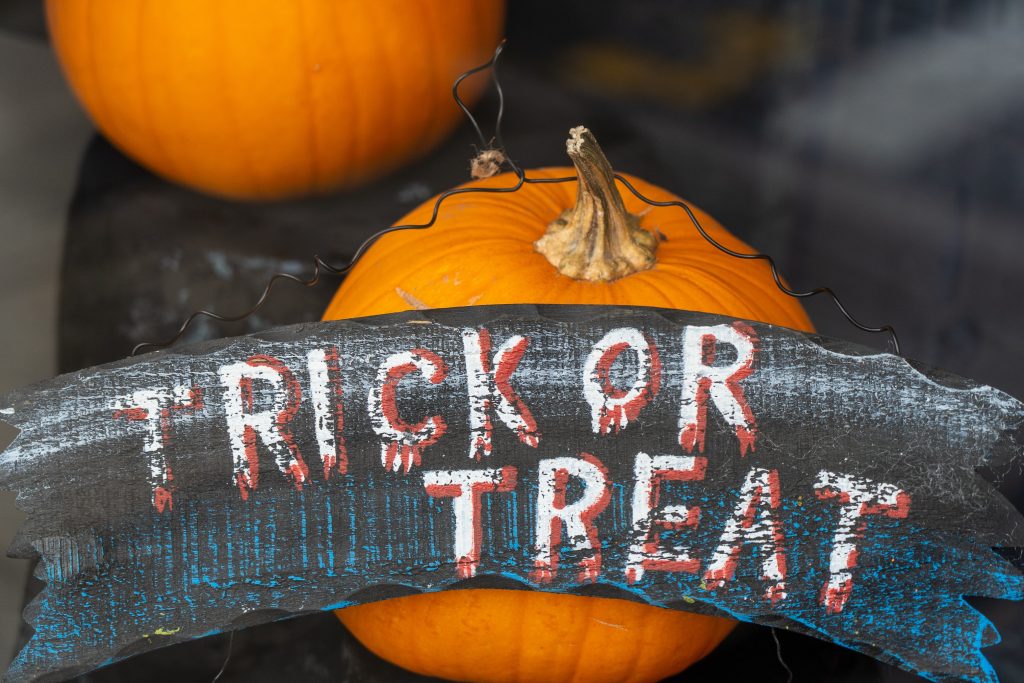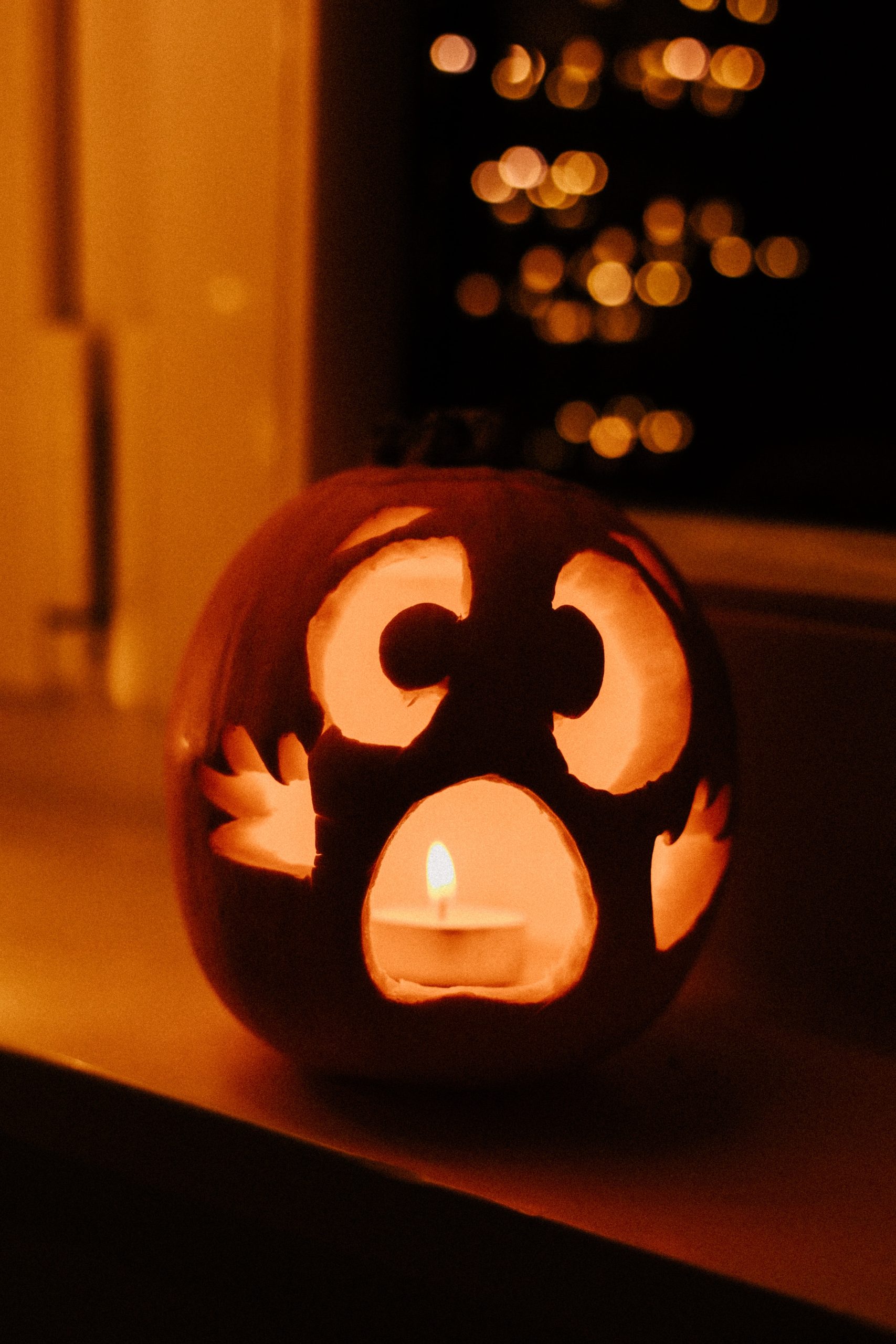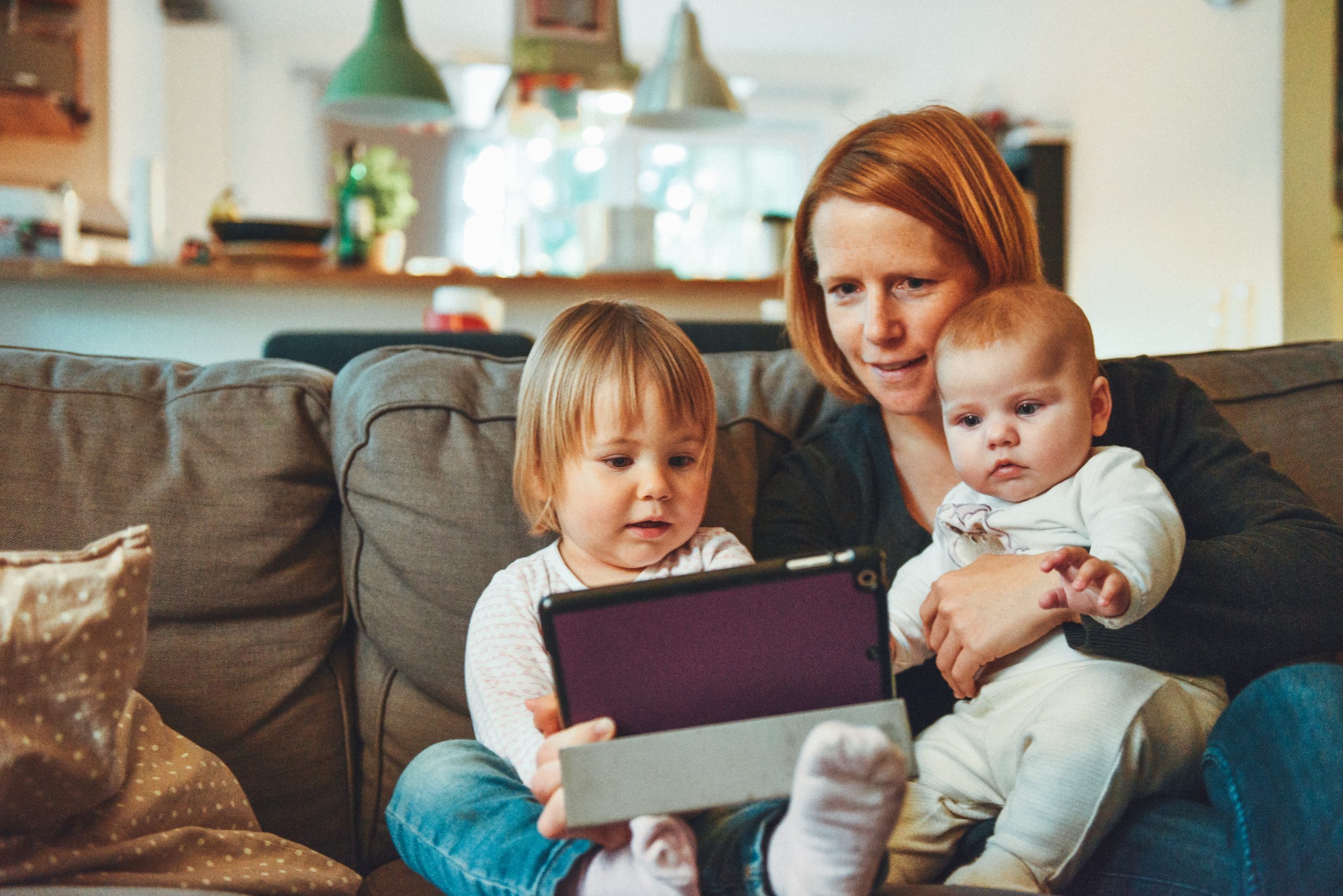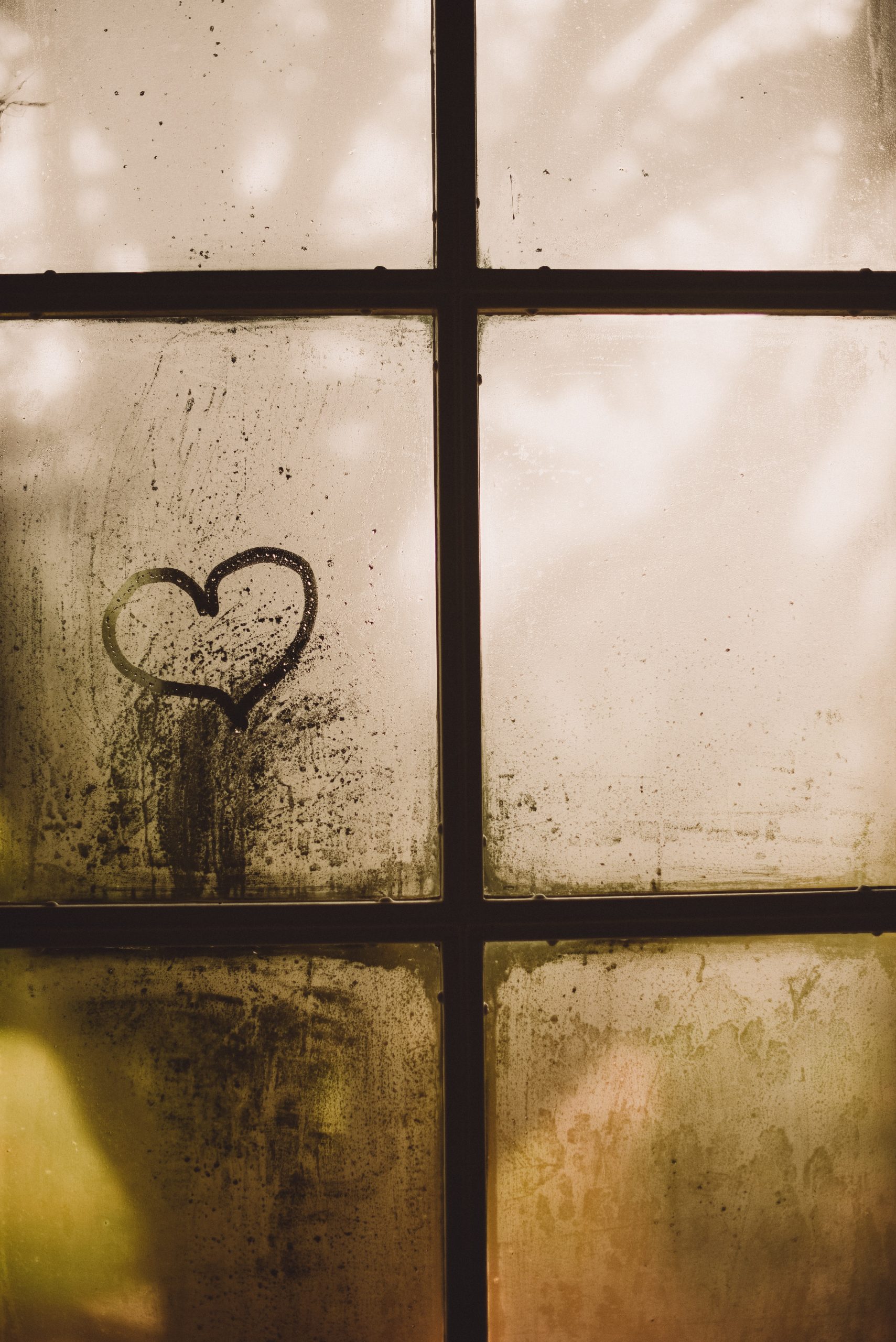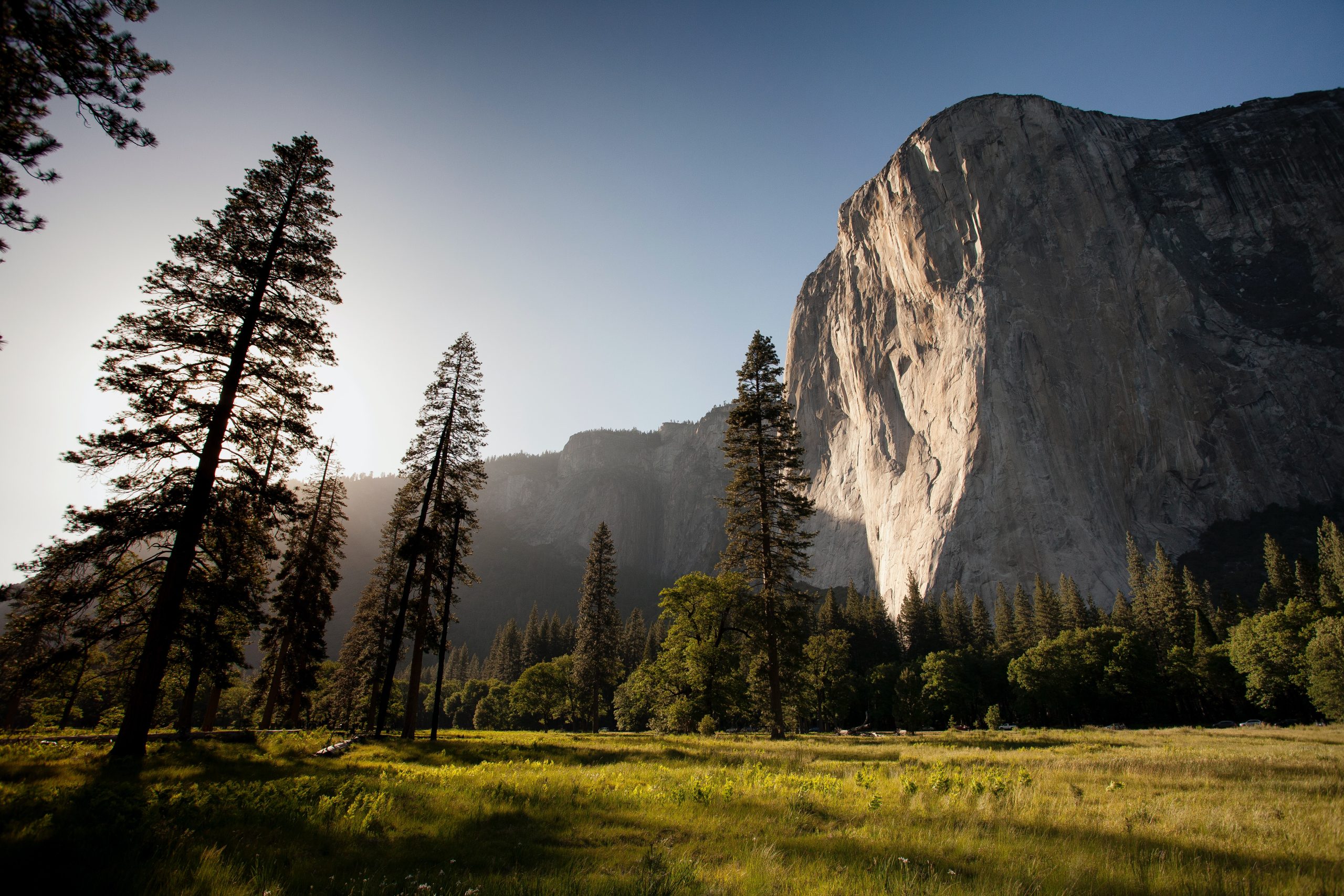I don’t want any doubt here: I love Halloween. I didn’t grow up in the US, so I’ve never fully experienced things like trick or treating, but even in our tiny rural Alpine village in the 90s we had a massive annual Halloween party for the children. It’s truly a unique holiday; there’s no gifting obligations, no need to spend potentially stressful time with family, no religious traditions (anymore). Basically you can do whatever you want, and that’s fine! Have a party; marathon horror movies or nostalgic TV specials; spooky crafts; do absolutely nothing. The choice is yours.
My problem is a new one. What made Halloween special in my early years was that it happened once a year, and for one day. We wished it would be longer of course. We wished we could do everything we wanted to in our Halloween wish list. Now we can, and I hate it. “Spooky season” is now two months long, and awash with pressure to buy every Halloween themed product you can think of and do every Halloween trend that crops up on social media. And I think it’s social media that’s the main driver for all of this.
We’re getting excited way too early.
Back in my school days I watched the play ‘A Doll’s House’ by Henrik Ibsen, written and set around 1879. A part that surprised me was that they put up and decorate their Christmas tree on Christmas Eve! Not a month before Christmas, or in some cases even in October. They celebrate Christmas, shockingly, ON Christmas! The Christmas season starting earlier and earlier even has a term: Christmas creep. This isn’t new though, we’ve been making memes about it and rolling our eyes at Christmas ads in September for years. I think Halloween creep is newer though, and I think social media has played a large part in it happening. Halloween is arguably the second most popular holiday in the year, so it’s a goldmine of content for social media users.
The thing is, I know I’m part of the problem. When people’s start posting their Halloween season activity plans, creepy crafts and spooky movie watch lists, I’m fully engaged. Because I love Halloween! And like everyone else I can’t wait for it. So I engage with the content, and that engagement encourages more and more. It encourages content creators to start earlier and earlier, to make the season longer, to make their content opportunity window bigger. Remember the thrifted ghost painting trend? That was from September! It’s Halloween today and that TikTok trend has been dead for weeks. We base our behaviours on what we see online, whether consciously or not. So Halloween starts when social media says it starts.
Our focus is a little too much on the “Treats”.
Halloween, as we know it now, has always been highly commercialised. I can’t claim otherwise (Please see Halloween III: Season of the Witch, 1982). But the scale has become overwhelming. For a holiday where the only presents should be sweets, there’s an awful lot of shopping to do. In the US, Halloween spending was expected to reach a record $12.2 Billion. And the quantity of waste we produce from Halloween every year is startling. But when everyone online is showing off their stunning costumes, seasonal candle hauls and OTT spooky home décor, we can’t help but want that for ourselves. Even if we already have perfectly good costumes. Even if we never actually finished our pumpkin spice/haunted forest/open fire scented candles from last year. And even if we physically don’t have space for another witchy knick-knack. As soon as there’s a chill in the air (or not, yay climate change) an influencer will tell us “run don’t walk” to buy Halloween treats, and we will.
Let’s take Boo Baskets as an example. A TikTok trend reminiscent of Christmas Eve boxes, where you gift hampers filled with cosy, Halloween themed items to partners/friends/kids, etc. Sounds cute right? But, like Christmas Eve boxes, Boo Baskets are just another marketing ploy to get us to spend more, and more, and more. The “recommended” basket fillings are things like blankets, pajamas, mugs, candles, etc. Most of this stuff is just cheap and low quality junk with a pumpkin printed on it that will end up in landfill by next Halloween. I’d confidently say that most people who would be Boo Basket recipients probably own all of that stuff anyway. The only people who need new mugs have had terrible shelving malfunctions.
By the time the 31st of October arrives, we’re over it.
So it’s Halloween. We’ve spent the last two months gobbling themed baked goods, watching daily spooky movies and buying everything skull-shaped we’ve come across. The pumpkins are rotting on the doorstep because we carved them two weeks ago, but they smell better than the ‘Witch’s Brew’ candle polluting your airspace. It’s finally the big day, and there’s nothing to get excited for. The parties happened at the weekend. Crafts have been crafted. Snacks have been snacked on. One more gummy worm is the scariest thing you can think of. And this is how we learn that everything is better in moderation, including Halloween.
We need to learn not to get swept away by social media trends, otherwise this is going to get worse every year. If your feed is full of #FallVibes from August, even though where I live the trees only started changing colour a week ago, then distance yourself from it. Don’t engage with it, or the algorithm will feed you more. If you see a Halloween trend you truly want to follow, at least wait until it’s almost Halloween to do it. If you get off social media and live in the real world, you’ll see that it’s only spooky season on your feed.
